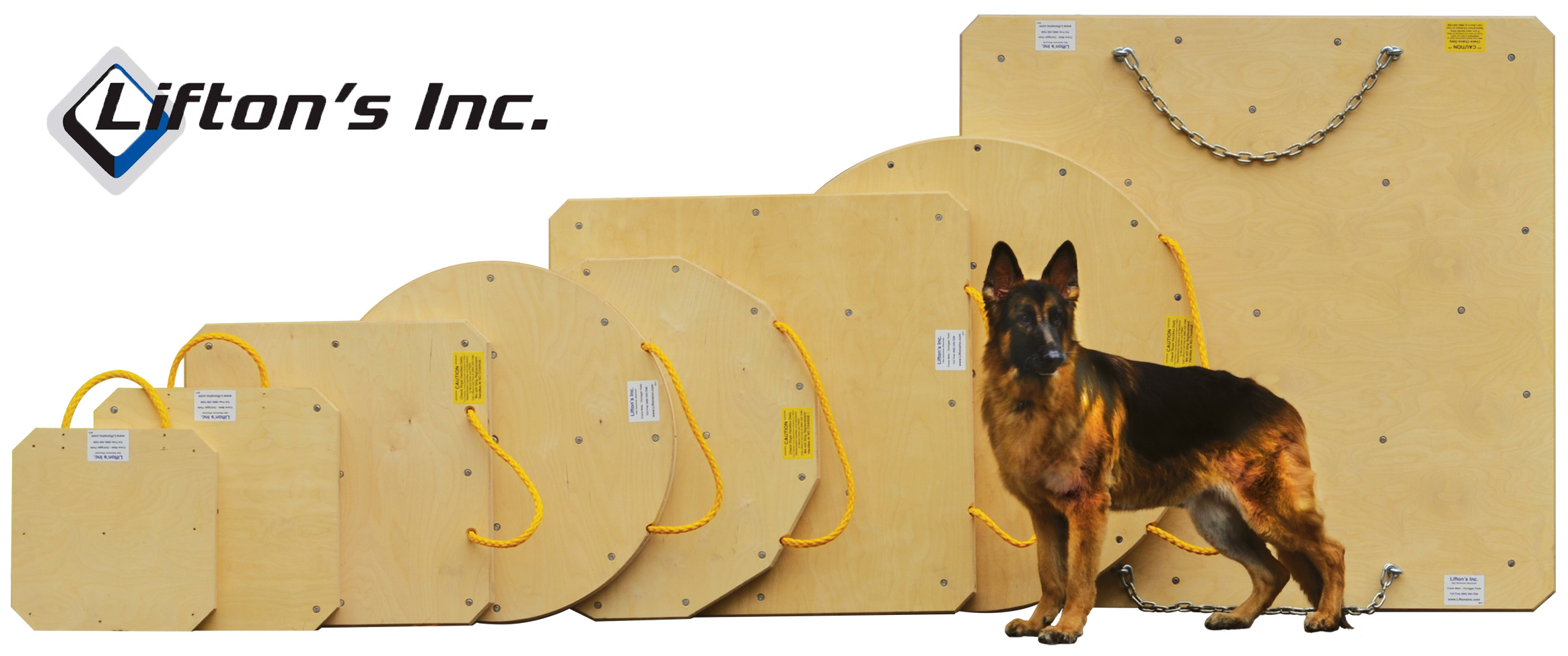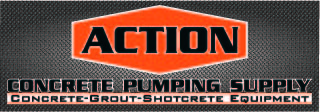| Travelteck | 02-05-2011 | comment profile send pm notify |
|
The answer is YES and It has its benefits for you to do so, Fuel, Noise are 2 factors on the modern jobsite that can be of concern to everyday operators. In the past we taught most everybody that to operate the unit at peak performance we set the RPM of the drive motor at full, this delivers the correct Torque, Horsepower and Rotation for the Hydraulic pumps. This is still true today, But why? And do you need it all the time? For troubleshooting and testing it is still Industry standard to test a unit at full RPM and Hydraulic oil at operating Temp. So what happens to a Putz when you operate the RPM lower? For this it is good to understand the relationship of Pressure and flow. Pressure is the Force needed to do a task IE lift a boom cylinder, Push concrete into and through a pipe line. Flow is the amount of oil IE GPM “gallons per minute” the pump puts into the system to do a task, Lift the boom faster more GPM, lift the boom Slower Less GPM. Pumping concrete is also about flow. More GPM to the Drive cylinders, more Strokes per minute, Less Flow GPM to the Drive cylinders less Strokes per minute. But IF you plug the boom pipe, or run to the end of the stroke on the Drive Cylinder the pressure will relieve at Max pressure because of the main relief system. Another way to look at it, is to look at your pump pressure gauge if you are pumping at 50 % speed look at the pressure gauge with good mud it might around 80 to 180 Bar Hydraulic Pressure. At this point you are pumping a certain amount of GPM into the drive cylinders, to pump faster to need to add GPM, Not more Pressure, Adding more GPM will make the unit stroke faster, Yes you will see higher Pressure on the Gauge due to more Strokes per minute because of the extra friction in the pipe line and reducers. Under either flow fast or slow the pump will still relieve at the Hydraulic system pressure setting. The same idea works for the Boom Cylinders and outrigger cylinders. At full RPM the cylinder will move a certain amount of Inches in a period of Time, slow down the RPM and it will take a little more Time to move the same amount of Inches. But you have the same amount of Power to lift the boom or the truck on the outriggers just not the same Speed. Another point: Is there a good reason to run at full RPM? And the answer is Yes there are times you will need the full RPM, but not All the time. If you are pumping a tough mix and need high volume you will need the Engine running at Peak Horsepower and Torque to do the job. As you slow down you move the drive engine out of the peak HP and Torque curve so you don’t have peak performance out of the drive engine. On a Putzmeister there is another potential issue to understand. The Rexroth and Sundstrand pumps that PM uses are 2 direction pumps operating on a closed circuit. They have a Charge pump that sucks oil out of the Hydraulic tank and feeds the closed loop, This Charge Pump is a simple gear pump that is part of each Main pump. The Charge Pump has an output FLOW that is varied by RPM, at Full RPM the Charge Pump delivers Max oil flow, as you slow down the RPM the Flow “GPM” also drops. THIS DOES NOT AFFECT MAIN PUMP PRESSURE, but it does affect the ability to cool the hydraulic oil in the closed loop. To keep the closed loop cool PM uses a Flushing Valve on the closed loop, the function of the Flushing Valve is to allow the Charge Pump to flush warm oil out of the closed loop and replace it with cool oil from the Hydraulic tank, this warm oil is returned to the tank through the Hydraulic oil cooler. So when the pump is stroking the closed loop is flushing a set amount of oil to maintain the operating temperature Full RPM full flow of Flushing oil through the cooler, as you lower the RPM you are not flowing as much oil through the cooler. Make Sense? So the point of all this is, YES you can run the RPM slower, and when you do this it Will affect performance but as long as that is not affecting the job or the unit No one cares. If you need Power and Speed and need to cool oil then you need RPM set to operational Max. I tell guys in the hot climates that running at low RPM you wont cool as well as at Full RPM, but look at your Operating Temp, If you are pumping reasonable Pressure and speed and your Temperature is ok lower RPM is fine, if you start to heat up then Full RPM and less strokes per minute will get more oil through the cooler and help maintain operating temperature. I hope I haven’t totally confused the point, as always this is info that applies to Putzmeister Pumps and will vary with other machine MFG’s. Putting the Truck into a lower gear or running at Idle will not work for a Putz that is another Post. This also assumes that your Putz is functioning properly, heat can come from several places, also if your boom is slow it is not normally a Pressure Issue but most often it is a flow issue. Please Contact the Putzmeister Customer Support Group if you have questions about your unit in My cell is 360 600 5695 and E-Mail woodsa@putzam.com If you like to learn more please go to the PMA website http://www.putzmeisteramerica.com/ and under the Parts & Service tab check out the Different Schools offered to you, topics like this are a valuable asset to operators and mechanics. Safe Pumping and Please remember there is no such thing as a stupid question. |
||
| SUPERDOFFER | 02-05-2011 | reply profile send pm notify |
|
In my schwing days if we had a poor whit system we always pumped whit high volume and played whit the rpm to control the bounce in the pipes. Never a problem but now whit my putz it gives a temp. Problem any suggestions. |
||
| Dipstick | 02-05-2011 | reply profile send pm notify |
|
Thanks Traveltek. I have no time now but I'll study your info later :-) |
||
| Travelteck | 02-05-2011 | reply profile send pm notify |
|
SD are you saying that you develop higher temperature of the Hydraulic oil at lower RPM?
I would start by checking to ensure the oil cooler is clear and functioning. Correct air flow direction and velocity. Also Extra heat can be a symptom of older pumps Try using a heat gun to isolate the source of the heat. |
||
| Dipstick | 02-05-2011 | reply profile send pm notify |
|
I believe he has a very new pump... |
||
| SUPERDOFFER | 02-05-2011 | reply profile send pm notify |
|
Not extremely high but higher than normal. We pump that kind of poor at an average of 75 kuub an hour and about 25/30 bar concrete pressure on the remote box. That is about the max before the pipes and the rebar become to walk out side. |
||
| SUPERDOFFER | 02-05-2011 | reply profile send pm notify |
|
If I put my remote in eoc it wil give more bounce whit the same volume?? |
||
| gboom | 02-05-2011 | reply profile send pm notify |
|
if you have a Schwing with an ASA cooler-filter-combo, you will get the best results out of the oil cooler at ~1000rpm,so, while waiting on concrete, instead of idling, rev it up some, it will eliminate some problems;
TT, I am with you, both Schwing and Putz have very well designed hyd. systems, if you have a problem with high oil temps, something within the system is not 100%, unless your pumping pressure is close to the main relief setting, this could cause the main relief to open and close intermittent, and the oil that goes over relief will heat the system |
||
| PUMBO | 02-06-2011 | reply profile send pm notify |
|
Nice info thanks. Traveltech, a few questions if you dont mind, 1. Would running the pumps at a slower engine rpm have an effect on engine emissions, in saying that does euro5 emission standards accomodate prolonged idling? 2. Would lowering the flow through the flow controller at any given rpm, give you more efficient pressures without excess heat over long conveying distances? |
||
| Travelteck | 02-06-2011 | reply profile send pm notify |
|
1. Would running the pumps at a slower engine rpm have an effect on engine emissions, in saying that does euro5 emission standards accomodate prolonged idling? 2. Would lowering the flow through the flow controller at any given rpm, give you more efficient pressures without excess heat over long conveying distances? 1: I have to say I am not up on the Euro emission standards. In I would expect lower RPM would help with Emission but now that you ask I will have to ask Mack if that is actually fact. At lower RPM the Horsepower and torque curve is not at peak, if this causes more or less emission is food for thought, I will ask my friends at Mack. Good Question. 2; Turning down the Strokes Per Minute, “SPM” buy turning down the flow “Volume Control” will affect the heat due to less SPM and less back pressure in the pipe but it also reduces concrete output. If a customer is having issues with heat in a system we have to take into account the pump size, SPM, Hyd operating pressure, the overall health of the pump, also concrete composition and slump, there are a lot of factors to the equation. Take for instance, in a BSA high rise pump to accommodate for high pressures we will change from the Rod side to Piston side to provide more power making it easier to pump, also the material cylinders will be smaller making the ratio from Hydraulic piston to material cylinder closer helping reduce back pressure and material reduction. It is like down shifting your transmission to climb a hill, yes you will slow down but the engine works easier not producing excess heat, if you stay in a gear to high for the hill you will slow down and get hot, taxing the cooling system. The long and short of it is Yes slowing down the SPM with Volume control not RPM will help reduce heat More oil through the cooler per stroke, but it will cost in concrete output on the pour. No one usually wants to slow down the pour but there are factors that cannot be changed, Slump, Mix, elevation, Distance and output all affect the needed Horsepower needed to do the job, this creates heat that needs to be released to maintain operating temp. Choosing the correct pump for the needs of the job it critical to avoiding problems like this on site. I hope this helped answer the question. |
||
| PUMBO | 02-06-2011 | reply profile send pm notify |
|
Thanks for the heads up! :) |
||
| abdul | 03-26-2011 | reply profile send pm notify |
|
TT,
Good info.
Good Work. |
||
| abdul | 03-26-2011 | reply profile send pm notify |
|
I used to think, that lower RPM, has the risk of engine stalling and that a high rpm gives the operator more breathing space if something in the mix has gone wrong, and pumping pressure is rising steadily.
Your logic is much better. |
||











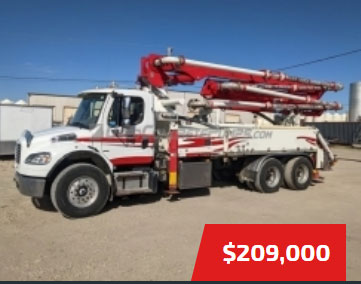

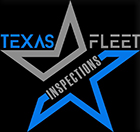
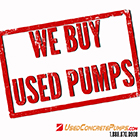





.jpg)
.gif)

.jpg)









.jpg)
